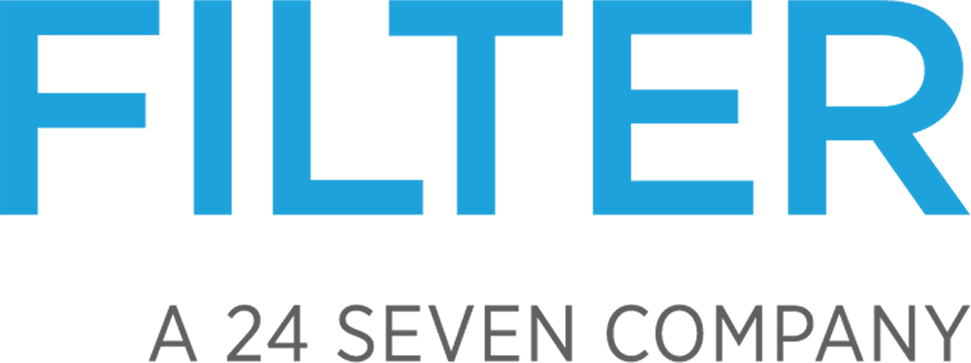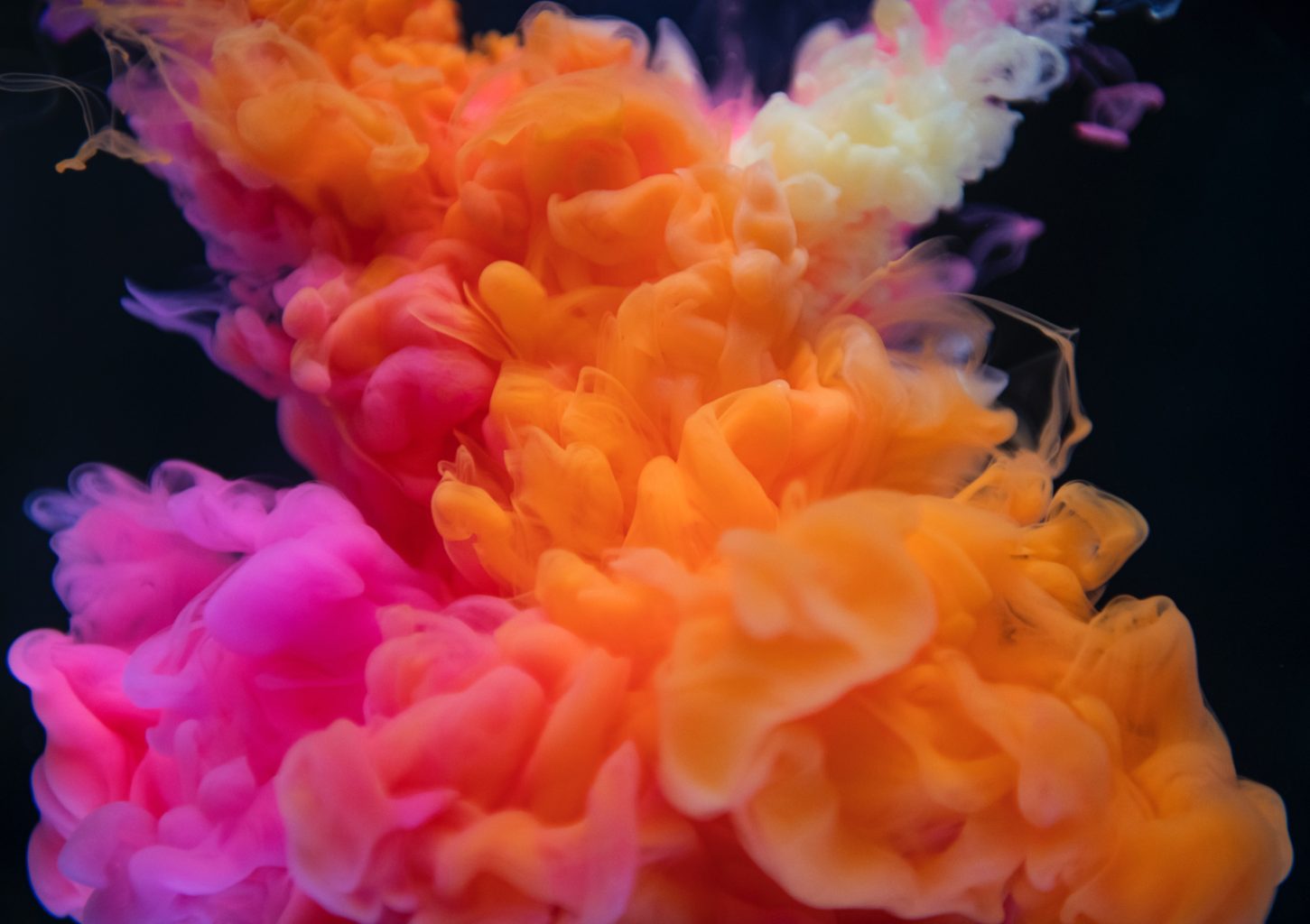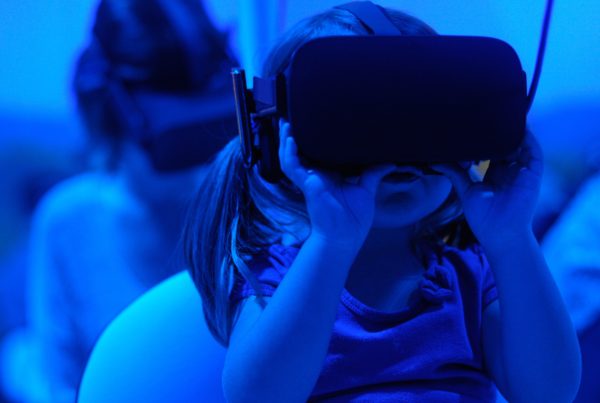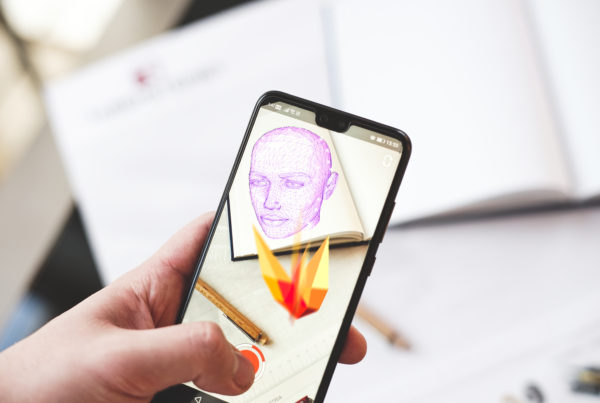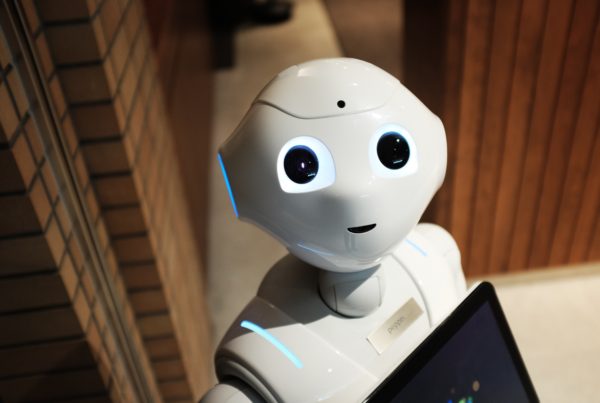The VR revolution brings with it game-changing career opportunities: job ads for VR/AR/MR roles have increased by 800% in the last two years, and that number continues to rise. The world’s most innovative brands are building these teams right now — and if you’re curious about a role in VR, Filterati Lou Ward explains, you could be just the person they’re looking for.
A VR motion designer and a co-organizer of the Seattle VR Meetup and other local groups, Lou loves helping newcomers find (or create) their place in this fast-growing space. In this interview, Lou shares why he fell in love with VR, where the industry is heading, and why there’s never been a better time to take the leap.
Q: What do you find most exciting about working in VR today?
I think the most exciting part of working in the VR field at this point in time is that, although it has been around for some time, the technology is finally almost at a consumer level. Access, in large part, has been democratized, enabling a host of new people to create and experiment. This newfound accessibility will, I believe, lead to an array of new, exciting techniques and developments.
Q: Tell us how you went from a VR “newbie” to a leader of the Seattle VR community.
About 3 years ago I was at work and had the opportunity to try a VR headset. This initial interaction with nascent consumer-level VR technology inspired me greatly — it seemed like such a transformative piece of technology capable of truly revolutionizing storytelling. I Immediately started studying game development and attending every VR event or conference I could, striving to learn everything about this technology as fast as possible.

Q: Where does your fascination with space photography come from, and does it relate to your VR work?
The replica spacesuit has certainly been a recurrent motif in my photography. I’ve lugged him around quite a bit, even across the Pacific to Japan; however, I originally acquired it for a short film project about an indigent astronaut.
As to how it relates to my VR work — to some extent it is just another effort at visual narration, albeit through the medium of photography. However, they can maybe be seen as thematically interrelated in that both my photography and VR work are otherworld-focused: the former beyond earth into space and the latter beyond the physical world into the virtual.
Q: What role are groups like the Seattle VR Meetup playing in the industry?
Generally, I think that this dialogue is immensely beneficial, both to the individual and to the broader community; we gain from talking to one another about our VR projects and receiving constructive feedback.
The community is also a great place to form partnerships and start collaborations. Moreover, although this field is certainly exciting, the work is still work and can be frustrating, so it is great to have a community to commiserate.
Q: What advice do you have for creative professionals who want to pursue opportunities in the VR space?
First of all, because the industry is so young, understand that potential employers don’t expect you to come in as an expert. Don’t pressure yourself to become a Unity guru in a matter of weeks or even months — and remember that all of us in the VR industry are in the same boat in terms of learning as we go.
No matter your background in VR, or lack thereof, go to local events and meetups. Finding your people is the best way to learn more about VR, swap ideas, and discover job opportunities. People who have been in the field for a while will give you the best insights about how to study and pursue work in whatever part of VR interests you most, whether it’s sound, animation, coding, or another area.
Check out Lou’s innovative designs and learn more about his story on his website, LilDub.org.
